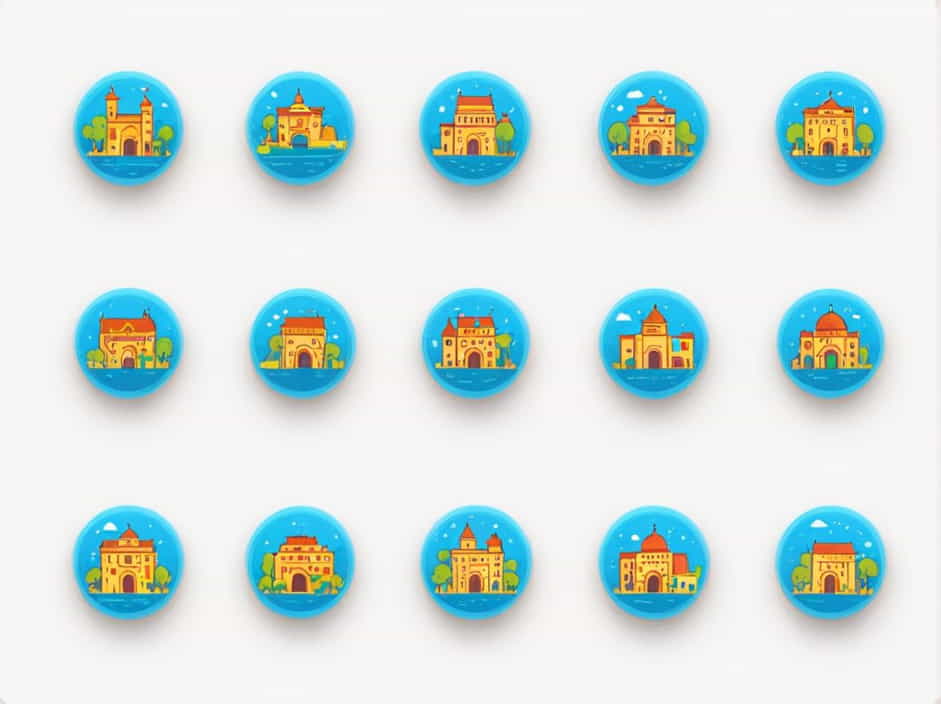In today’s interconnected world, cities have become melting pots of cultures, languages, and traditions. Among these urban centers, Toronto stands out as a beacon of multiculturalism. Recognized globally for its diverse population and inclusive ethos, Toronto exemplifies how cultural diversity can enrich a city’s social fabric.
Toronto: A Mosaic of Cultures
A. Demographic Diversity
Toronto’s demographic landscape is a testament to its multicultural identity. According to official data, over half of the city’s residents were born outside of Canada, representing more than 250 ethnicities and speaking approximately 180 different languages. This rich tapestry of cultures has earned Toronto the distinction of being the most diverse city globally.
B. Cultural Neighborhoods
The city’s neighborhoods vividly reflect its multicultural essence. Areas such as Chinatown, Little Italy, Greektown, and Little India offer immersive experiences into various cultures. These enclaves provide authentic cuisine, festivals, and traditions, allowing residents and visitors to engage with diverse heritages firsthand.
Historical Evolution of Multiculturalism in Toronto
A. Early Immigration Waves
In the early 20th century, Toronto’s immigrant population primarily consisted of Irish Catholics. However, post-World War II, the city witnessed significant immigration from Eastern European Jews, Italians, Greeks, Portuguese, and Hungarians, each contributing uniquely to Toronto’s cultural mosaic.
B. Policy of Inclusivity
Toronto’s commitment to multiculturalism is not merely a demographic accident but a result of deliberate policies promoting inclusivity. Initiatives like the Caravan festival, introduced in 1969, celebrated ethnic diversity by showcasing various cultures through food, music, and art, fostering a sense of unity and appreciation among residents.
Comparative Analysis with Other Multicultural Cities
While Toronto leads in multiculturalism, other cities also boast significant diversity:
- Miami, USA: Approximately 58.3% of Miami’s residents are foreign-born, primarily from Central America. However, the concentration from specific regions results in less global diversity compared to Toronto.
- London, UK: With 37% of its population born outside the UK, London is a significant multicultural hub, though it doesn’t surpass Toronto’s diversity metrics.
- New York City, USA: Hosting over 800 languages, New York is the most linguistically diverse city globally, yet Toronto’s broader ethnic representation remains unparalleled.
Impact of Multiculturalism on Toronto’s Society
A. Economic Contributions
Diverse immigrant communities have propelled Toronto’s economic growth, introducing entrepreneurial ventures, expanding trade networks, and fostering innovation across various sectors.
B. Social Cohesion
Toronto’s multicultural framework has cultivated an environment of tolerance and mutual respect, enabling individuals from varied backgrounds to coexist harmoniously and contribute collectively to the city’s development.
Challenges and Opportunities
A. Integration Efforts
While diversity enriches Toronto, it also presents challenges in ensuring equitable access to resources and opportunities for all communities. Continuous efforts are necessary to promote integration and prevent social fragmentation.
B. Cultural Preservation
Balancing the preservation of distinct cultural identities with fostering a unified civic identity remains an ongoing endeavor for Toronto’s policymakers and community leaders.
Toronto’s unparalleled multiculturalism serves as a model for cities worldwide, demonstrating the profound benefits of embracing diversity. Its rich cultural tapestry enhances the city’s vibrancy and positions it as a global leader in fostering inclusive and dynamic urban communities.
